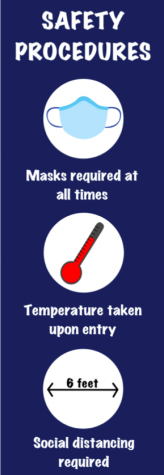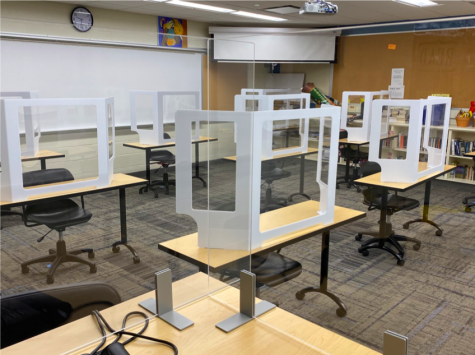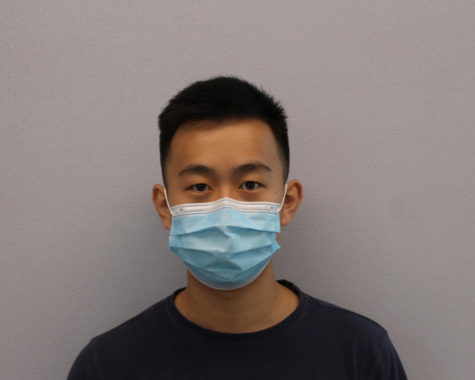Testing the Trial
Stevenson High School teachers attend school early in preparation for school return
During the week of January 11, Stevenson faculty returned to campus for a trial version of the hybrid learning model. Although Stevenson opted for a purely remote learning model over the first semester, administration has planned out and integrated a new model for students to return to campus for in-person learning for the spring semester.
In preparation, Stevenson opened the campus a week early for teachers to experience the classroom environment. Administration hoped that teachers would be able to spend the week adjusting to safety protocols and the new classroom environment so they would be prepared for the return of students.
 “What we didn’t want to have was the teachers’ first day also being the students’ first day,” Principal Troy Gobble said. “We want the teachers to teach you when you’re coming on your first day, and the week before that is their opportunity to understand all that they need to do to build their classroom.”
“What we didn’t want to have was the teachers’ first day also being the students’ first day,” Principal Troy Gobble said. “We want the teachers to teach you when you’re coming on your first day, and the week before that is their opportunity to understand all that they need to do to build their classroom.”
Much like the students, teachers must follow a variety of safety procedures while on campus. Specifically, they have to complete daily health-screeners, receive temperature scans upon entry and complete population testing. Teachers also acclimated to social distancing in classrooms, each of which have been fitted with plexiglass barriers around teachers’ and students’ desks.
“[Returning to school a week early was] for us to be ready and know the ins and outs of the protocols that the school has put in place, which will make it easier for students next week,” Social Studies Teacher Kolleen Madeck said.
Given the technology-dependent nature of the hybrid model, teachers also took this time to navigate the technology in the classroom. For some teachers, the greatest concern was whether the Wi-Fi would be able to support such a large volume of devices on Zoom at the same time.
For Math Teacher LouAnn Tollefson, technical difficulties with Zoom have been a recurring issue. Throughout the first semester, Tollefson had to deal with getting kicked out of meetings and connection issues while teaching both at home and on campus.

“Some of the same things will happen, but because we now have almost a year of working in Zoom, we have a built-in flexibility with working with it,” Tollefson said. “I hope I’ve built up a skillset where I have other strategies to use to help minimize the impact of technology issues.”
Throughout the week, staff has been working to mitigate these issues in hopes that there are minimal disruptions when students return to school. In addition to technological problems, Tollefson also noted her concerns regarding how being in-person will impact her quality of teaching.
“I have some concerns with the ability to teach effectively while wearing a mask,” Tollefson said. “The facial expressions are important, but at least students have gotten to know my face from first semester.”
While Tollefson has some reservations regarding the hybrid model, Madeck is mostly optimistic about the eventual return of in-person learning. She hopes that seeing other students and the campus in person can be helpful for students in their academic experience.
“You can physically see people at school, which means something,” Madeck said. “It can be helpful for students to see the senses and sights that they usually experience at school to create an academic atmosphere.”



